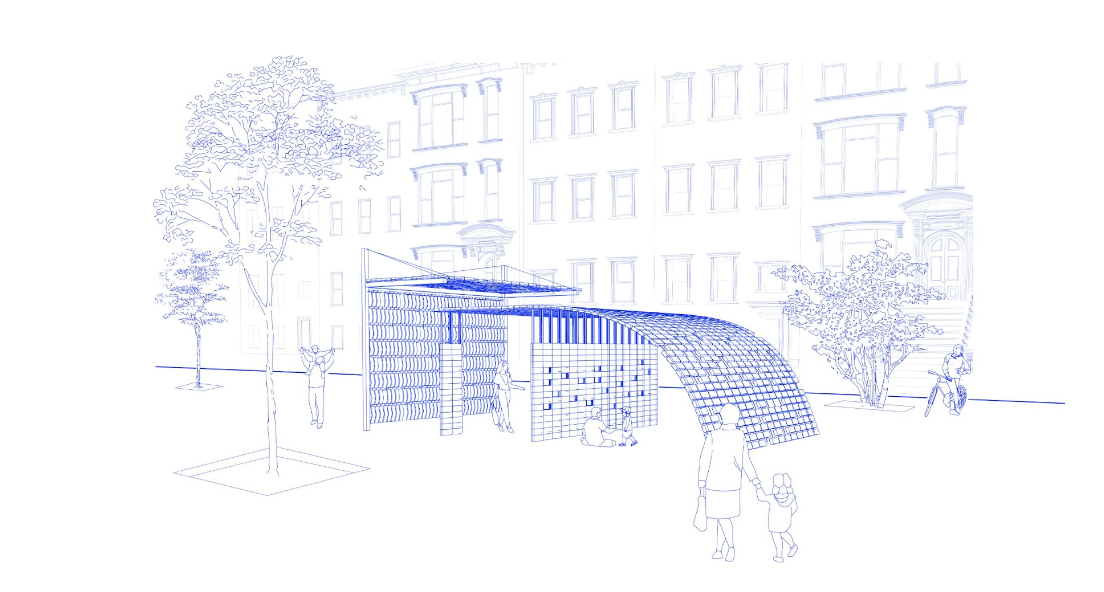Within the current global context of rapid change, integrated with the potentials of digital technologies, IAAC’s Master in Advanced Architecture (MAA) is committed to the generation of new ideas and applications for Urban Design, Self Sufficiency, Digital Manufacturing Techniques and Advanced Interaction.
In this context IAAC works with a multidisciplinary approach, facing the challenges posed by our environment and the future development of cities, architecture and buildings, through a virtuous combination of technology, biology, computational design, digital and robotic fabrication, pushing innovation beyond the boundaries of a more traditional architectural approach.
Course: MAA01 22/23 Digital Matter Studio
Today, we are facing a change in paradigm in the field of Architecture. Information Era Technologies and their impacts on architecture are drastically changing, and their relationship calls for new or adapted concepts, where physical space seamlessly intertwines with digital content, and where the language of electronic connections tie in with that of physical connections. We are consequently moving towards a different form of “habitats”, where architecture is not merely inhabited, but becomes technologically integrated, interactive and evolutionary. If computers were once the size of buildings, buildings are now becoming computers, both in a performative sense, on I/O Communication protocols, and in a programmable sense, at material molecule nanoscale; even becoming operational thanks to self-learning genetic algorithms. The key, thus, to 21st century challenges generated by global urbanization, economic instability and particularly the increasing awareness related to the environmental crisis will be the development of high efficient “products’ with increasing levels of functionality. Architecture following every stage of life will have to address and respond to both challenges and advancements. Our buildings and cities will need new interfaces to communicate with the environment and embedded systems of performance that do not rely on existing urba infrastructures. Active and bio-materials will play a critical role in this development, forcing architects to get free from mechanical actuators or computing devices and integrate into their designs the inherited functions that “smart materials” present on a molecular scale.
view Syllabus & Faculty

